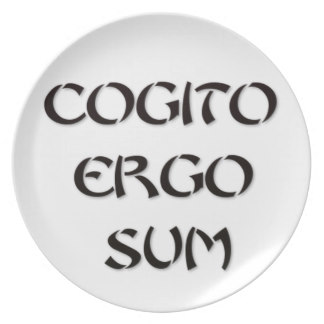
Cogito ergo sum is the philosophical proposition set forth by Rene Descartes, translated into the popular English adage; I think, therefore I am. Descartes proposition is referred to as ‘the cogito,’ and it is significant because it affirms human existence vis-avis I am. Yet the question of human identity, Who am I? remains.
Identity is a salient aspect in the humanities as groups and individuals express, explore, construct, and challenge their conception of themselves through art, music, poetry and other forms of meaningful expression. This lesson will address identity as a social concept, explore the role of identity in the humanities, and pose a challenge to answer the question: Who Am I ?
Lesson Objectives:
- define identity as a social concept
- describe how identity is expressed through the humanities
- represent self-identity through essay and creative expression
What is Identity?
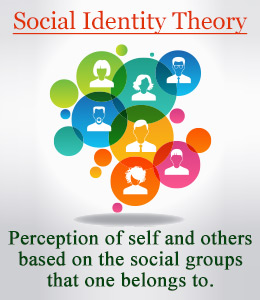
Identity, or a person’s self-conception, is interconnected with social relations because social interaction informs the way people perceive of themselves and others; while at the same time, the ways that people perceive of themselves and others informs their social interaction (Goffman 1959). From a philosophical standpoint, identity is based on the perception of sameness with as well as difference from others. Identity is therefore a process of inclusion as well as exclusion. Identity is inclusive when the identification of similarity establishes affiliations and social alliances between individuals who form a group. Identity is exclusive because those who do not share the similarity are alienated from the affiliations that form the social group.
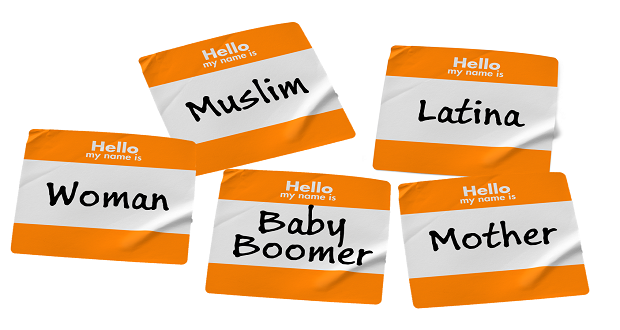
Different identities emerge from different social contexts, and people negotiate several identities as they interact in different social contexts or situations. For example, national identities (nationalities) are based on shared affiliations associated within a state-system. Yet gender identities are based on identification with the specific gender norms and expectations. Because of this, people who share the same nationality may not necessarily share the same gender identity. Similarly, a person may share the same racial identity within a social group while at the same time sharing religious affiliations with people outside of the racial identity group. As people interact in different contexts, they shift their identity to accommodate specific circumstances. People can also change their identity throughout the course of their lifetime by shifting from one social group to another such as transitioning to a different gender group, acquiring citizenship to a different country, converting to a different religion, going from ‘single’ to being married, and/or moving from employee to employer (class identity).
Therefore, identity is not discrete, as in having boundaries, because people not only interact both within and outside of an identity group according to different social contexts but they also move in and out of identity groups according to events and experiences that take place throughout the course of a lifetime. Identity is also indiscrete because it is based on individual perceptions and interpretations. People ascribe different meanings to identity and social groups according to the unique experiences that shape the way they interpret reality and according to the meanings and interpretations that are learned from society. This is important because identity formation and the ways that people perceive others is largely shaped by social norms and values.
Internal and External Identity Formation
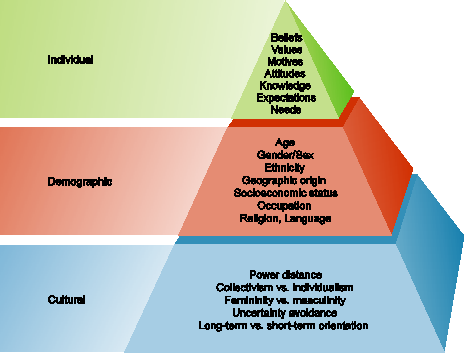
Although identity formation is based on self-perception, self-perception is influenced by the social organization of a particular society. Individuals oftentimes identify with and conform to pre-existing social categories as they attempt to situate themselves and others into the external (outside of themselves) order of society. For example, U.S. census surveys and application forms often require individuals to categorize themselves according to a pre-existing list of categories. The census example here illustrates the discrete identity grouping constructed by the U.S. Census Bureau in 2007.
Key questions underlying the construction of external identity categories such as the one above are: Who gets to decide on how social categories are created and what are the social, political and economic implications? This is important because external social categories are frequently structured hierarchically and are based on ideas that assign specific meanings to each social category and its members. External identity categories are significant because the meanings associated with identity affects social relations by informing the way people interact with others and shaping how people expect to be treated. In contemporary society, identity is oftentimes rooted in the body. For example:
- What color is the body? (Race)
- What type of body is it? (Sex/Gender)
- How old is the body? (Age)
- Where is the body from? (Residence, Nationality, Birthplace), etc.
Mind – Body Distinction

Descartes offered a scientifically-oriented argument for the concept of an enduring inner self. He used rational arguments and examples to demonstrate that the mind and the body are distinct entities. He proposed that the mind can exist and persist without the body, and his distinction between a person’s mind as being separate from their body is known as mind-body dualism and has been an influential and powerful theory in our society. This also allows us to challenge notions of identity as people aim to construct their own concept of self and to redefine the social identities projected by society.
Identity in the Humanities
The humanities provide a means for self-expression as artists aim to exert their own agency to answer the question; Who am I? Identity is a salient aspect within the humanities because the desire to define oneself, the struggle for self-definition, and the need for people to construct their own identities and to have those identities recognized by others is a shared experience that resonates through time (history) and space (geography).
Watch the video below and read the MOMA lesson investigating identity. Consider the personal and social significance of self-definition in artistic expression through the work of three artists: Lignon, Kahlo and Warhol.
Using information from the MOMA video, consider the different ways identity is expressed in the work of Kahlo, Lignon, and Warhol. Kahlo was able to find her voice to challenge norms and ideas about womanhood and her place in the home and society. Lignon was able to illuminate how demographic descriptions are ‘about me, but not about me’ and illustrate the connections between his identity and events of the past. Warhol revealed the tabloid veneer covering truth, its not what you are, its what they think you are, by addressing the glamour and tragedy of Monroe.
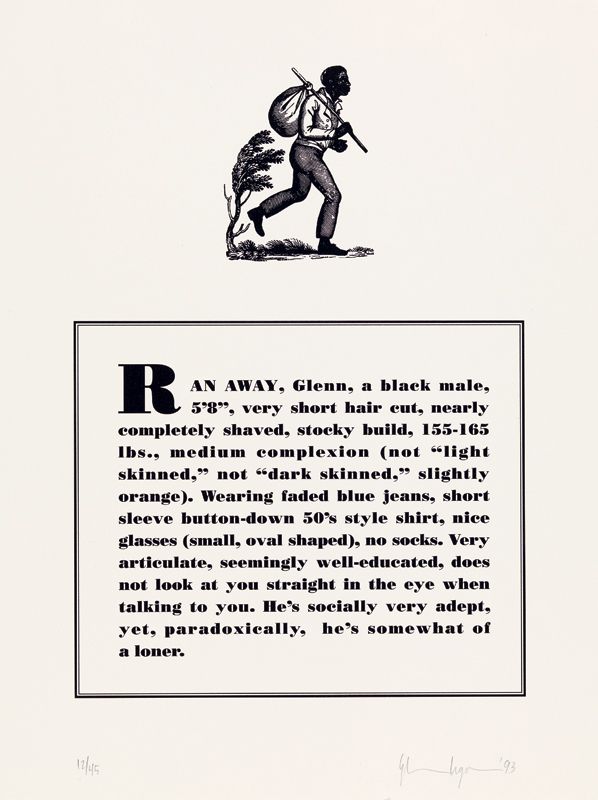
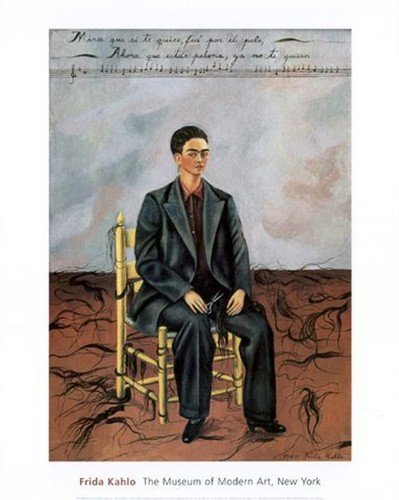

Through the Humanities, each artist was able to ‘go to places not everybody is willing to go,’ and find a means to express feelings, ideas, and experiences in symbolic, metaphorical and non-literal ways. The final lesson in this module, Power and Representation, will use identity as an analytical tool to address the politics of representation, cultural connections and social change through practice in the humanities. For now, focus on developing a basic understanding of identity as a concept and how the humanities provides a platform to creatively express identity through various mediums.
Questions to Consider
- How is Identity a social concept?
- What is the difference between internal and external Identity?
- What is ‘the cogito’ and how can it be applied to our ideas about Identity?
- In what ways is Identity expressed through the humanities?
Readings and References
To learn more about identity in the humanities, explore the links below.
- Glaser, Linda B. 2016. ‘Humanists explore dimensions of identity,’ Cornell University.
- Cultural Identity: Explore the importance of the development of ‘Cultural Identity’ to the artists within ARTIST ROOMS. The Tate.
- Brubaker, Rogers and Frederick Cooper (2000) ‘Beyond Identity’ Vol. 29, No. 1 (Feb., 2000), pp. 1-47 (This is dense, just take the basic idea)
- Design your true identity
- Descartes Mind-Body Distinction
For Discussion in Canvas
Visit the Artstor website and locate a self-portrait. Provide a brief background (50-100 words) on the artist that includes their historical time period, where they lived, significant life events, and any other relevant information that may have influenced their work. Interpret their self-portrait and describe the ways that the work symbolically represents who they are. In what ways to color, shapes, imagery, content, and other elements in the piece communicate meanings to you that go beyond the physical appearance of the artist? Embed a JPG of the self-portrait in the discussion (do NOT attach the file), and include the properly formatted citation provided to you in Artstor.
For Creative Journal Expression – Self Portrait
Who are you really? In the first class ‘Introduction’ discussion, you likely described yourself according to external identity labels; your major, interests, religious affiliation, title, birthplace, and other external social signifiers created for you by the society you live in. In this discussion, write a brief (approx 50-100 words) essay describing who you really are; What are your thoughts and feelings about the world? What do you struggle with? What do you embrace? What do you want out of this life? Get creative and deep – use symbols and metaphor.
When you complete your essay, create a self-portrait. The portrait should not be a replica of what you look like. Take liberty to represent yourself symbolically or in any way you see fit. Remember, this is NOT an art class; it does not matter what you portrait looks like. Just fill the page and exercise your right-brain without worrying about what others will think. This might be difficult for those of you who have been left-brain/analytically oriented for many years. If it was difficult, good, that means you needed it! To get you started (and boost your confidence), here is a my example below. Believe it or not, that is a butterfly in my self-portrait. I used words from my essay in the wings, and exercised my right brain by doodling in the blank spaces. Go ahead and run with your essay and portrait as you see fit.

